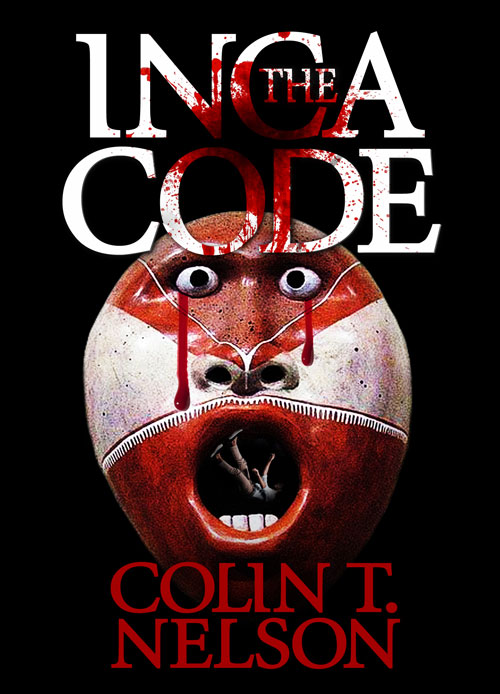 In Washington, the “real” CSI faces trouble. In 2009 the Academy of Sciences called for an independent commission to update several areas of forensic science. TV shows like CSI use these kinds of tests every week.
In Washington, the “real” CSI faces trouble. In 2009 the Academy of Sciences called for an independent commission to update several areas of forensic science. TV shows like CSI use these kinds of tests every week.
Why is the “real” CSI in trouble?
In real life, law enforcement labs perform the same tests all over the county. (With the exception that many of the scientists aren’t as beautiful as the actors on TV!) The commission intended to make sure that techniques used in the federal government (and others) were up-to-date and as accurate as possible. The commission included scientists, judges, and lawyers.
In contrast, last April Jeff Sessions, the U.S. Attorney General, scrapped the commission. He promised to set up a similar group inside the Justice Department. See article: https://qz.com/954391/the-sessions-justice-department-is-nixing-the-national-commission-on-forensic-science/
Because of this move, the “real” CSI faces trouble. The important fact of the commission was its independence to do research and develop new standards. (As far as I know, Mr. Sessions has not set up a similar body within the Justice Department, anyway)
Why dismantling the commission is bad
Consequently, here are 4 reasons why the real CSI faces trouble and so do we as citizens:
- The commission’s independence gave it the opportunity to present the best techniques—not those that may be preferred by politicians or lobbying groups.
- Some people in our country discredit scientific evidence—just because it’s scientific and they don’t agree with the findings. This is dangerous for all Americans. When people are tried in court using evidence of hair samples, bite marks, or fingerprints, for instance, we all need the most accurate and truthful scientific (forensic) testing to prove guilt (or not).
- The courtroom remains an adversarial process. If the forensic testing fails to be accurate, defense attorneys will, rightfully, challenge it and win. That leaves victims without justice.
- Many of the techniques used on CSI have really taken years to develop to a level of scientific accuracy that is required. A good example is DNA testing. Today, we take it for granted, but in the 1980s the testing was first introduced. It was not dependable and accurate. It took decades of improvement (and input from scientists, judges, and lawyers) for DNA testing to achieve its present status.
The value of a TV show like CSI makes Americans aware of the big role that forensic evidence plays in making our justice system as truthful and fair as possible. Today, as a result, the real CSI faces trouble—and so do we!






